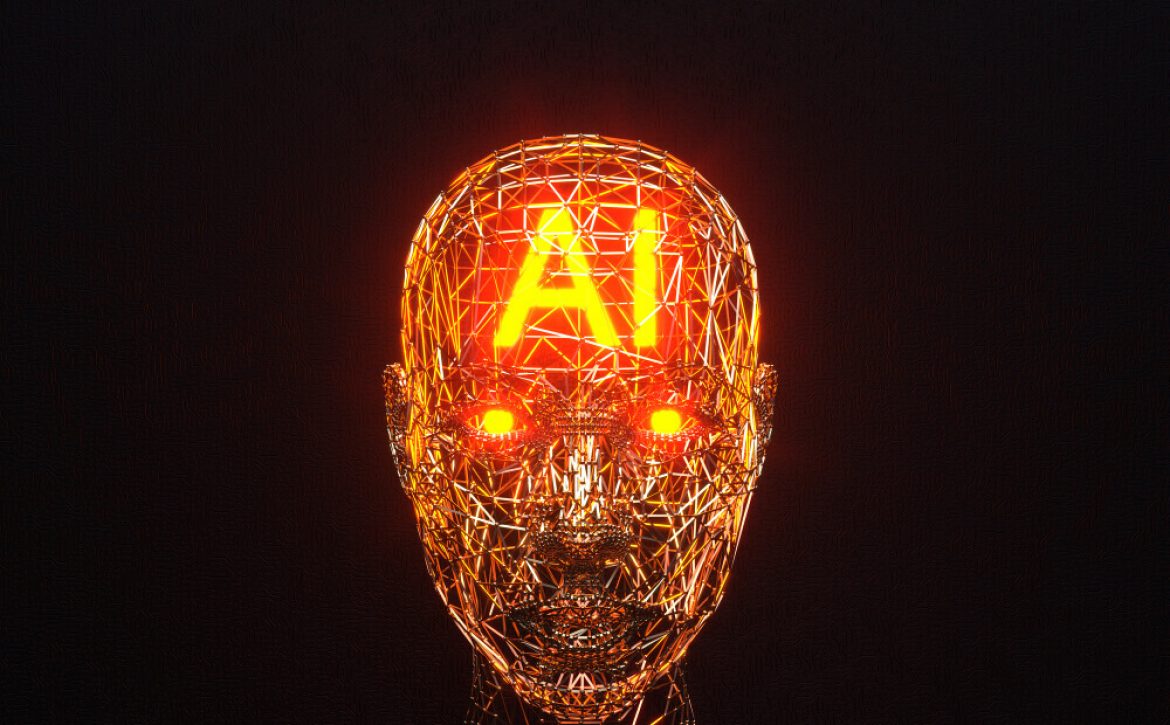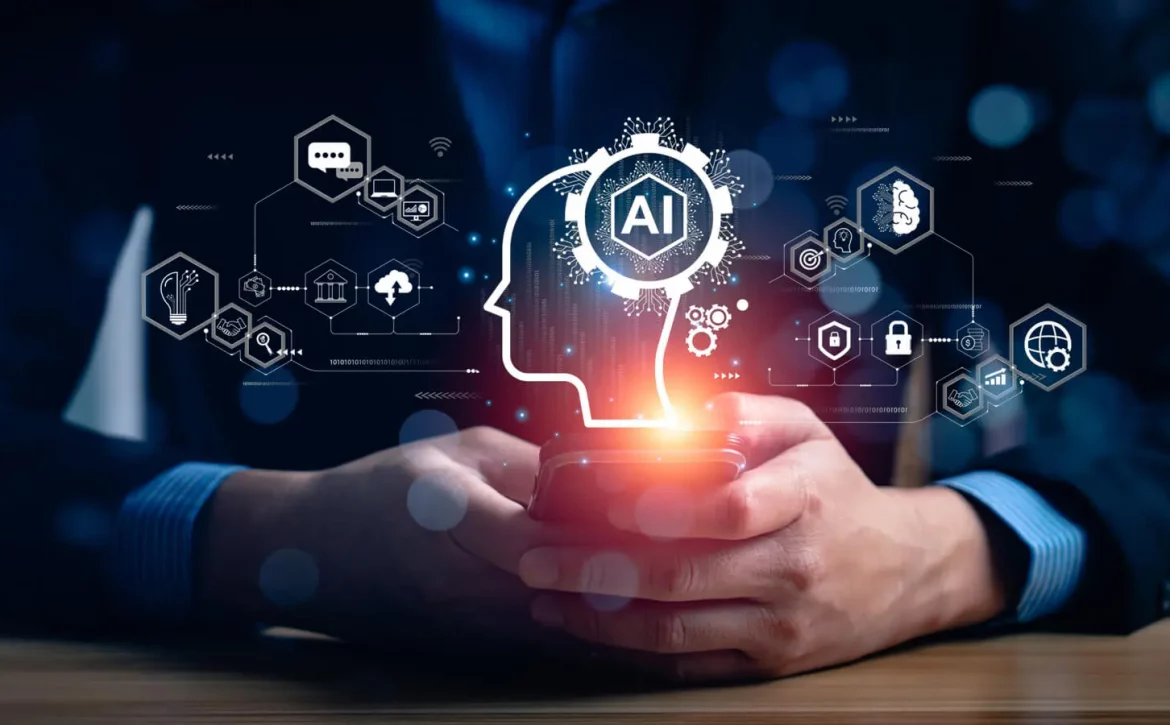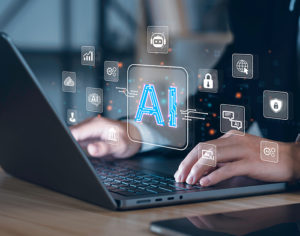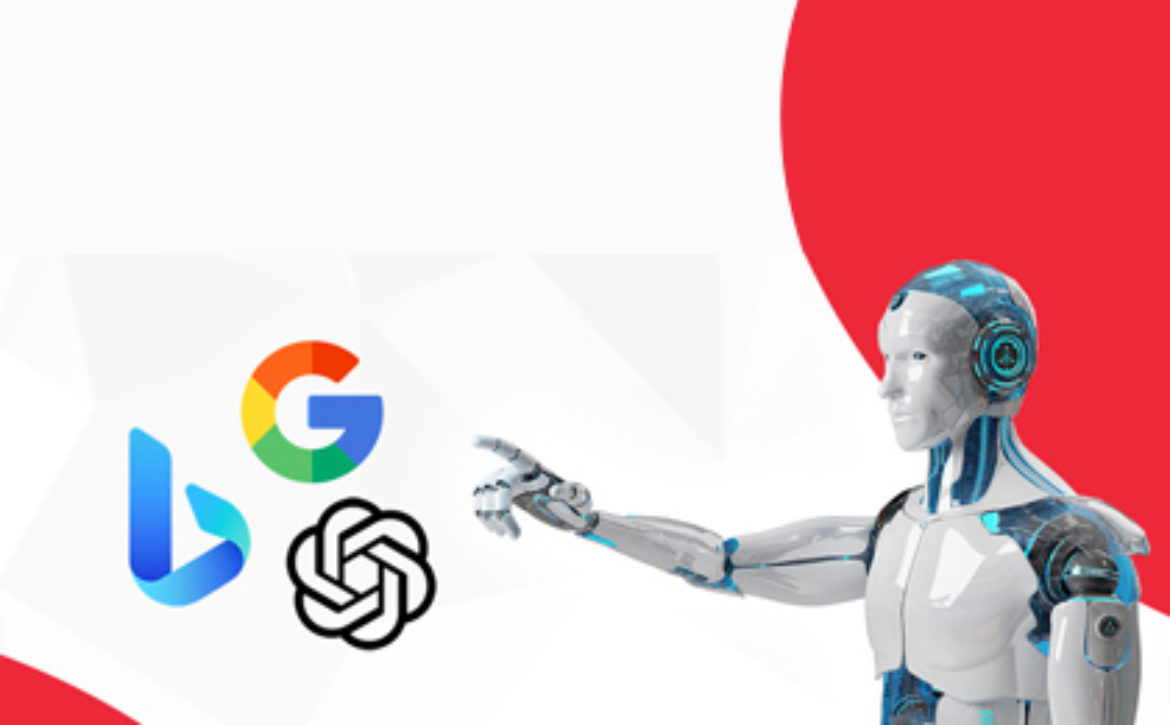AI-Powered Fraud Detection: Protecting Businesses in the Digital Age
How effective are your business’s security measures without AI in this age?
This should be the critical question on the minds of businesses of all sizes. As digital technologies evolve rapidly, AI is becoming the driving force behind the efficiency of many modern applications. Ignoring its potential exposes security systems to vulnerabilities in an increasingly digital world.
Beyond security, AI offers several advantages. It enables businesses to leverage streamlined, AI-powered analytics, improving operational efficiency, optimizing transactions, and driving better decision-making in areas like corporate growth, mergers, and partnerships.
This article explores how artificial intelligence is reshaping industries, particularly its role in fraud detection and business protection, highlighting emerging trends, challenges, and future opportunities.
How AI Forever Changed Fraud Detection through Identity Verification
Identity verification is critical in today’s digital world. Many interactions happen online, from buying and selling to hosting meetings, connecting with strangers, and rendering services or running a business. It’s now a duty of protection and trust for the safety of every user. When we think of verifying our identity, we now mostly imagine doing it online: uploading a photo of a government-issued document, using our facial biometrics to access different platforms, or simply unlocking our phones.
Previously, this was a more cumbersome process, which required customers to visit physical business branches, wait hours in lines, and have their physical features inspected by a real Know Your Customer (KYC) specialist. In contrast, we now have bots and AI-powered verification systems that eliminate the need to leave your house and engage in paper-based document verification in a physical location.
However, why is the ID verification process important, you might wonder? For starters, various businesses simply need identity verification. This includes banking, e-commerce, healthcare, crypto platforms, iGaming establishments, sometimes even streaming services, or popular adult-content websites, where identity verification is intertwined with age verification requirements, obligating businesses to check their user’s legal age to ensure ethical and compliance requirements.
So, it’s safe to say that AI technology can speed up this process by reducing the need for manual intervention and automating complex tasks.
The next thing is to know how AI helps in fraud detection and protecting businesses from fraudulent attacks because once a customer’s trust is broken, it might never be built again or might not be viable like before.
Neural Networks
AIs are built on machine learnings that is equipped with neural networks which enable the AI systems to mimic human brains (just like the way human brain plays the game of guessing through asking leading questions that give answer or clarity into what is meant to guess.) this has helped many AIs to look out of variables in data through comparison and questioning of authenticity over large-trained data to detect anomalies in data provided or in data patterns, which has helped in early detection of frauds. These AIs carry this out successfully when there is an abundance of data, as they use thousands or millions of numerical calls to attain accuracy.
Learning Sets
AIs use multiple learning sets and learning methods in business protection and fraud detection. AI uses supervised learning, unsupervised learning, and reinforced learning to make accurate guesses and attain high efficiency. Supervised learning is when the AI is being trained to learn fraudulent activities by an AI trainer or prompt engineers or data scientists to help the AI identify data and separate good activities and fraudulent activities.
Unsupervised doesn’t require a trainer or scientist to train the machine but the machine is allowed to make personal observations from running data and operations to make decisions based on normal and abnormal activities, we can also regard this as a self taught way of learning.
Reinforced learning rewards the machine with incentives for every new pattern of fraud the machine detects in the business transactions.The amazing part is all these learning methods can be combined to train the AI to be integrated into a business.
Algorithm classification
AI/ML uses algorithms to learn and make decisions. A data scientist can help the AI/ML to determine the algorithm to use depending on the amount of data available, the datasets, and data type.
These algorithms help AI/ML to classify data based on known and unknown attributes from the trained data set to the large dataset for run. AI/ML uses these algorithms to segregate large datasets. Some of the algorithms used are K-nearest neighbors (KNN), which classify elements of unknown data based on the closely related element of known data.
It works by comparing the most similarity between a known data and an unknown data, which helps to classify the unknown data into a known dataset based of the closely related similarities.
These can be used in comparing transactions based on their element features, either into fraudulent or non-fraudulent.
There is also another algorithm used, which is called K-clusters, in which the AI/ML uses the algorithm to create a cluster of data with similar attributes or elements so when it comes across them again it can categorise them into a cluster. This will help in early and self-detection of fraud in businesses as every strain of fraudulent activity is detected.
Conclusion
In conclusion, artificial intelligence has revolutionized the way businesses operate, particularly in the areas of identity verification and fraud detection. AI-powered tools, such as machine learning algorithms and neural networks, have streamlined processes that once required significant human intervention, reducing time and increasing accuracy.
From supervised and unsupervised learning to algorithm classification, AI can detect anomalies, automate complex tasks, and safeguard businesses from fraudulent activities. As AI continues to evolve, its role in ensuring business security and operational efficiency will only grow, cementing its place as an indispensable tool in the digital world.








